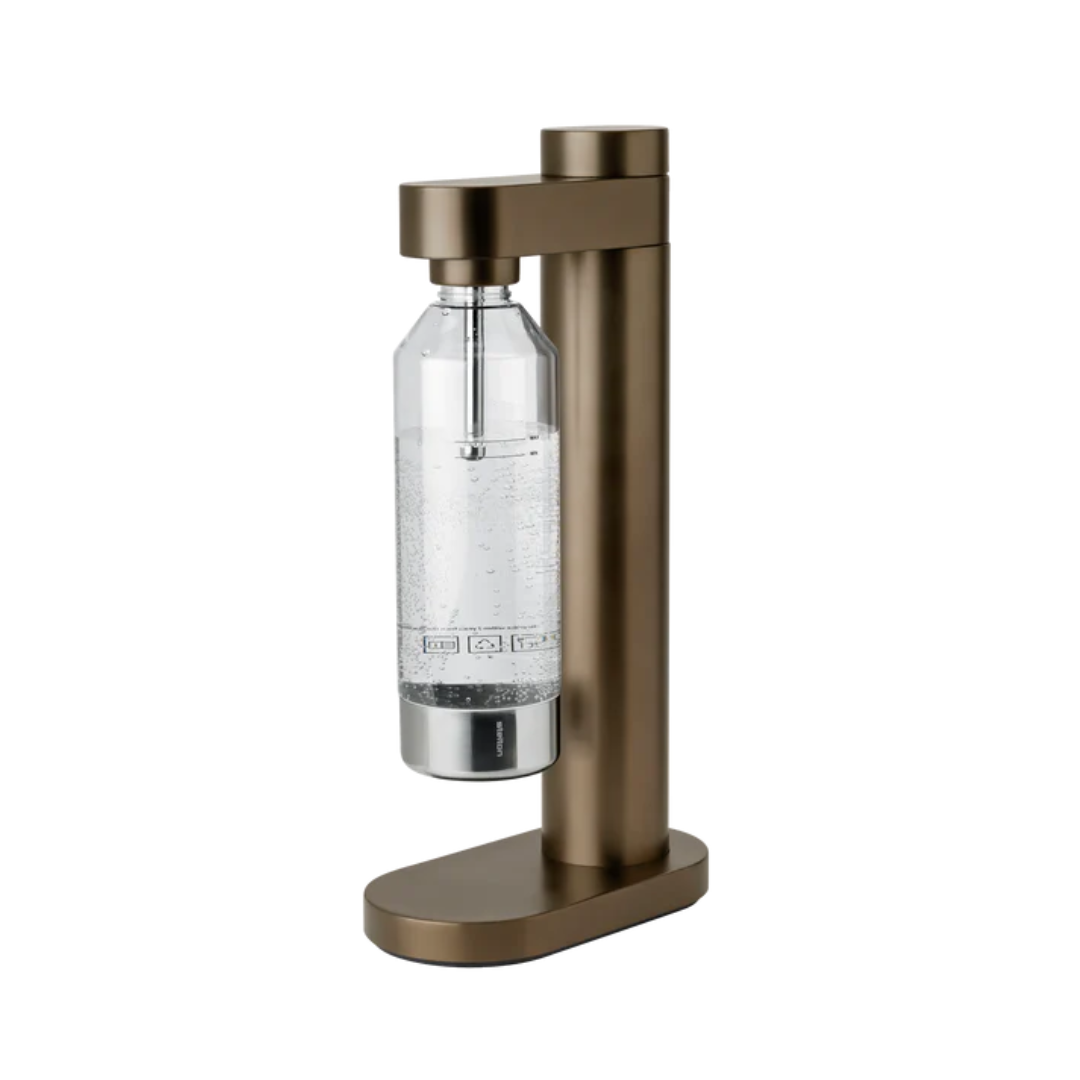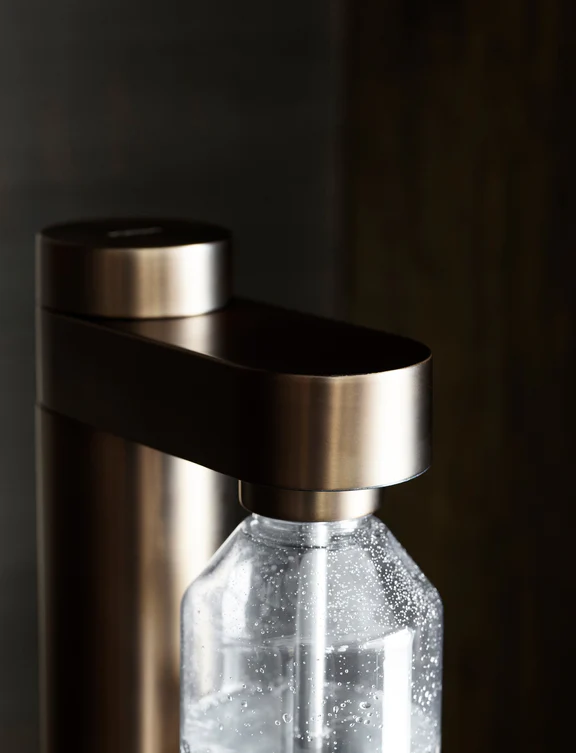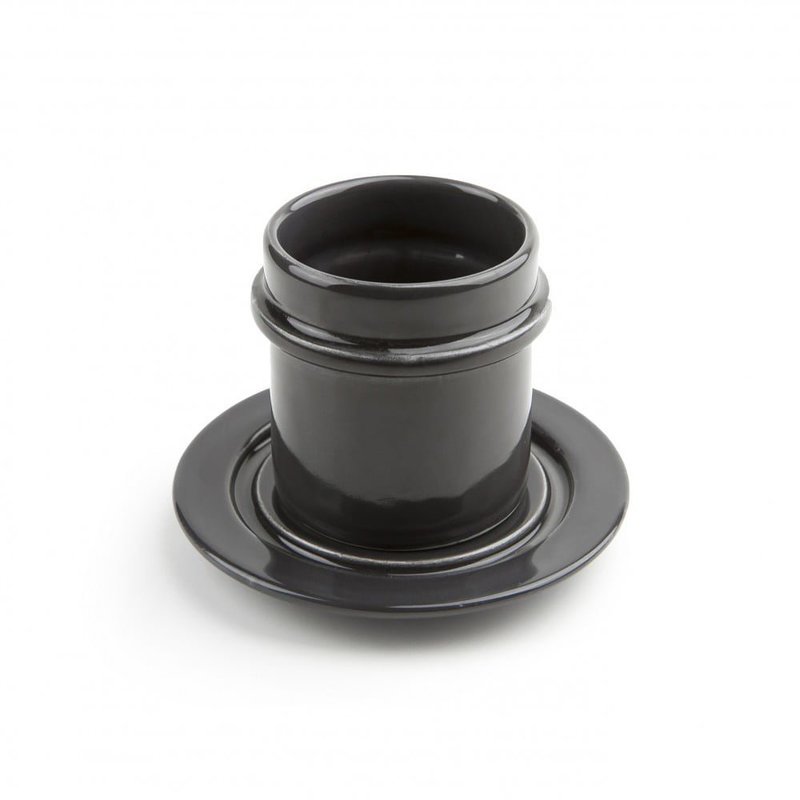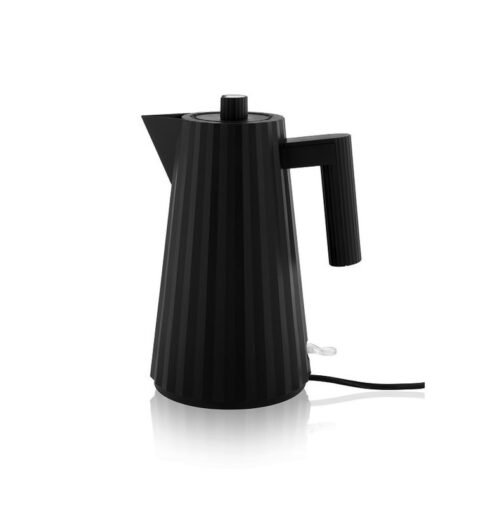Stelton
Stellan and Carton were two friends who merged their first names in forming one of Denmark’s best-know design brands, Stelton. Niels Stellan Høm and Carton Madelaire were army pals who joined forces more than 50 years ago to start a trading company. They tried their hand at sports shoes and furniture, but their business did not really take off until they heard about a small factory in Fårevejle, Denmark, called Danish Stainless.
Danish Stainless produced stainless steel tableware, which was very much in vogue in Denmark’s 1960s. Upon entering into an agreement with Danish Stainless, Stelton began marketing a stainless gravy boat that sold like hotcakes in Danish hardware stores and was also a hit outside of Denmark. In the United States, Stelton products were the epitome of Danish Design and sold at ten times their Danish prices in high-end department stores and design boutiques.A new managing director, Peter Holmblad, brought his far-reaching vision with him when he joined the company. New catalogues, packaging and graphic design all helped create a new design brand. However, Peter Holmblad was convinced that Stelton could survive only through new product design. Far too many companies produced the same kinds of products.As the stepson of Arne Jacobsen, who was perhaps Denmark’s greatest architect and designer ever, it was natural for Peter Holmblad to approach his stepfather with a proposal.A simple drawing of a teapot on a napkin during a family dinner. That was the starting point for Arne Jacobsen’s tableware design. After three years of intensive development, Cylinda-line was launched in 1967. At that time the cylindrical characteristic profile was avant-garde. Today the series is recognized as a symbol of classic, timeless style.The next important collaboration with a designer was with Erik Magnussen who designed the iconic EM77 vacuum jug.The true DNA of Stelton comes from these well-known products, which are highly functional while being affordable.Since then Stelton has elaborated its collaboration with international designers and architects assuring that the form and function of our product families create a synthesis that embodies innovative and different ideas in relation to concept, design and materials.
”Together with our talented and carefully selected designers, our ambition is to create timeless and functional designs that make everyday life a bit more beautiful.”Our products need to have a purpose, meet our consumers needs and be functional. We believe in simplicity and Scandinavian minimalism.We believe that shape and function must create a synthesis that embodies innovative and different ideas in regard to concept, design and materials.We live and believe in less is more.This design philosophy is the key to Stelton's success and includes four main categories:- Timelessness- Simplicity- Functionality- Innovation







